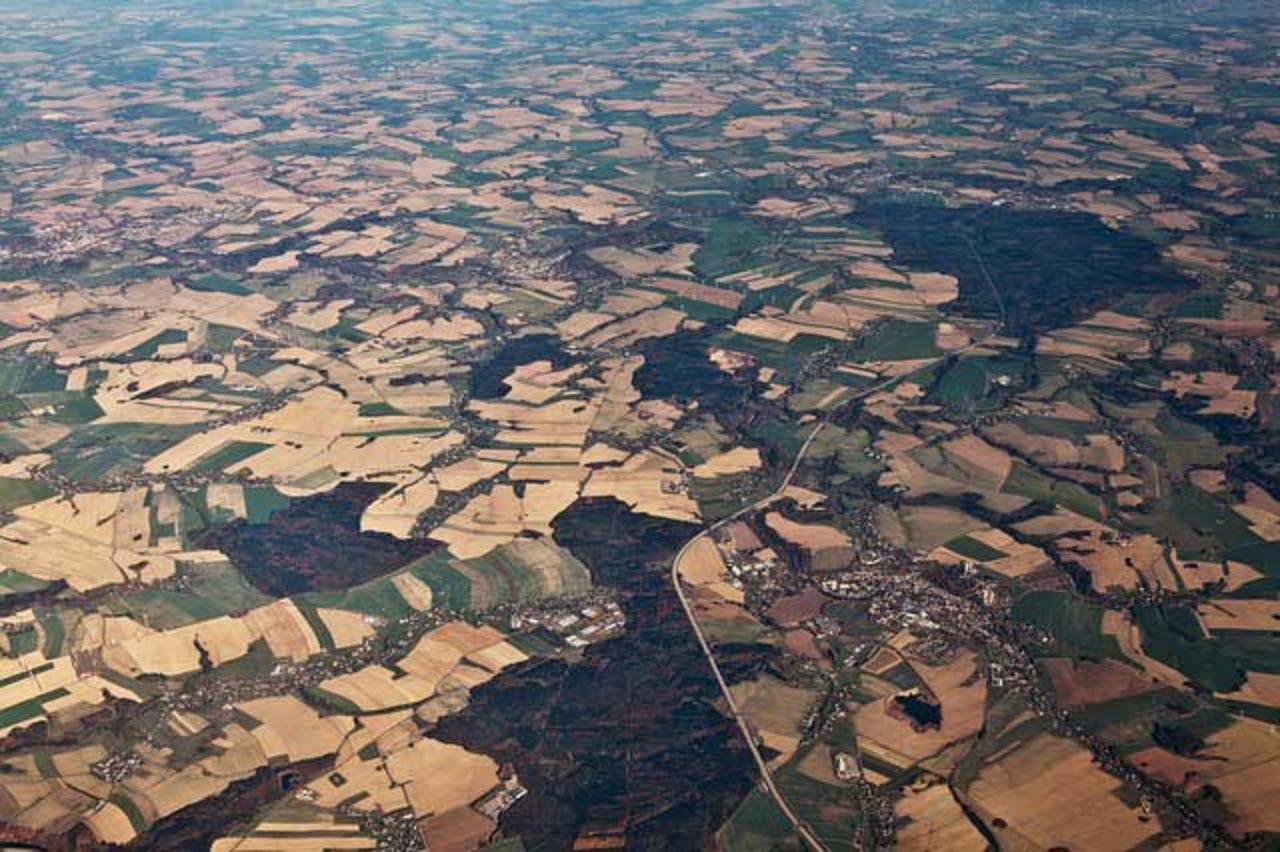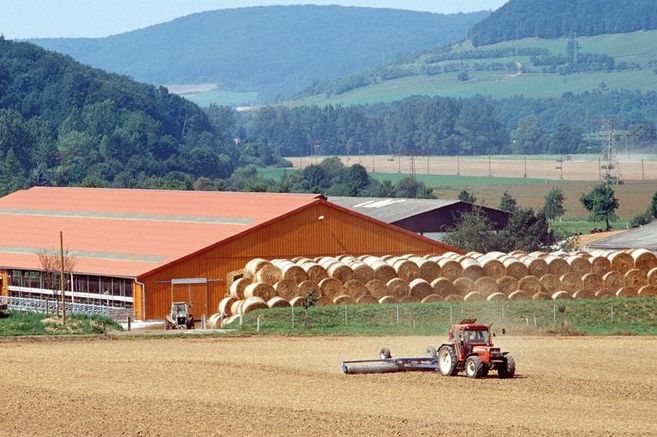Project
Explaining, predicting and linking European farm structural change with the European farm supply model IFM-CAP

Improvement and extension of IFM-CAP (Individual Farm Model for the Common Agricultural Policy) model" - Implementation of linkage with farm structural change module
The EU commission annually develops a projection of the future development in agriculture to detect trends as early as possible. Until now, the structure of farms played only a minor role. A greater consideration of the structure of farms would increase the quality of the projections, particularly after the reorientation of the Common Agricultural Policy (CAP) in 2013. The impact of the “Greening” of the first Pillar is closely related to the productive orientation of a farm – e.g., whether a farm produces as grassland farm rather milk or as arable farm cereals. Main objective of this project is to identify the factors that affect the productive orientation to predict the future development.
Background and Objective
To display future developments at the level of farm groups in the EU, it is crucial to predict the structural change in agriculture. Main objective of this project is the development of a method and an application tool for the EU Commission for the short-to-medium term prediction of the structural development of farms. For this, different regional and global factors will be assessed. The results are going to be implemented in the IFM-CAP supply model.
Approach
First, we assess which processes, with respect to farm specialization and farm size, are relevant for structural change in agriculture. Therefore, we define a country-specific grid of farm groups for all EU countries. On the basis of this data, we want to transfer a recently applied approach from the marketing science to our estimation of farm structural change from the farm to the regional level. Possibly all regions of the EU countries are going to be analysed.
Data and Methods
The most important data source is the Farm Accountancy Data Network (FADN) of the EU. Additionally, we use data from EUROSTAT and Common Agricultural Policy Regionalized Impact (CAPRI)-Model to identify the factors that influence structural change.
The estimation is based on a Multiplicative Competitive Interaction (MCI) model and explains the development of a certain farm specialization as the change of the attraction of different production possibilities.
Our Research Questions
- Which farm group is most competitive and characterises the future agricultural structure?
- Which factors determined the evolution of the farm specialisations in the last 20 years?
- Does the shape of the CAP have a significant influence on the structure of agriculture?
- How does the structural change in agriculture differ between the analysed Member States?
- How strong is the influence of regionally differing variables on structural change?
- How does the explicit consideration of agricultural structural change influence the IFM-CAP supply model results?
Results
The compilation and analysis of country-specific farm groups gives a much more detailed picture of the structural changes in agriculture in the EU. The additional consideration of no longer active farms in a non-active farm group promises in future to analyse a further part of the agricultural structural change - farm abandonment - at the same time. This will probably also allow us to aproximate how the number of farms as a whole can develop.
Thünen-Contact

Involved Thünen-Partners
Involved external Thünen-Partners
-
EU-Kommission
(Brüssel, Belgien) -
EuroCare GmbH
(Bonn, Deutschland) - Joint Research Centre (JRC)
(Brüssel, Belgien)
Duration
3.2016 - 5.2017
More Information
Project status:
finished
Publications to the project
- 0
Neuenfeldt S, Gocht A, Heckelei T, Mittenzwei K, Ciaian P (2021) Using aggregated farm location information to predict regional structural change of farm specialisation, size and exit/entry in Norway agriculture. Agriculture 11(7):643, DOI:10.3390/agriculture11070643
- 1
Neuenfeldt S, Rieger J, Heckelei T, Gocht A, Ciaian P, Tetteh GO (2018) A multiplicative competitive interaction model to explain structural change along farm specialisation, size and exit/entry using Norwegian farm census data [online]. IAAE, 20 p, zu finden in <http://ageconsearch.umn.edu/record/277090/files/886.pdf> [zitiert am 16.10.2018]



![[Translate to English:] Logo des Bundesministerium für Ernährung und Landwirtschaft](/media/allgemein/logos/BMEL_Logo.svg)